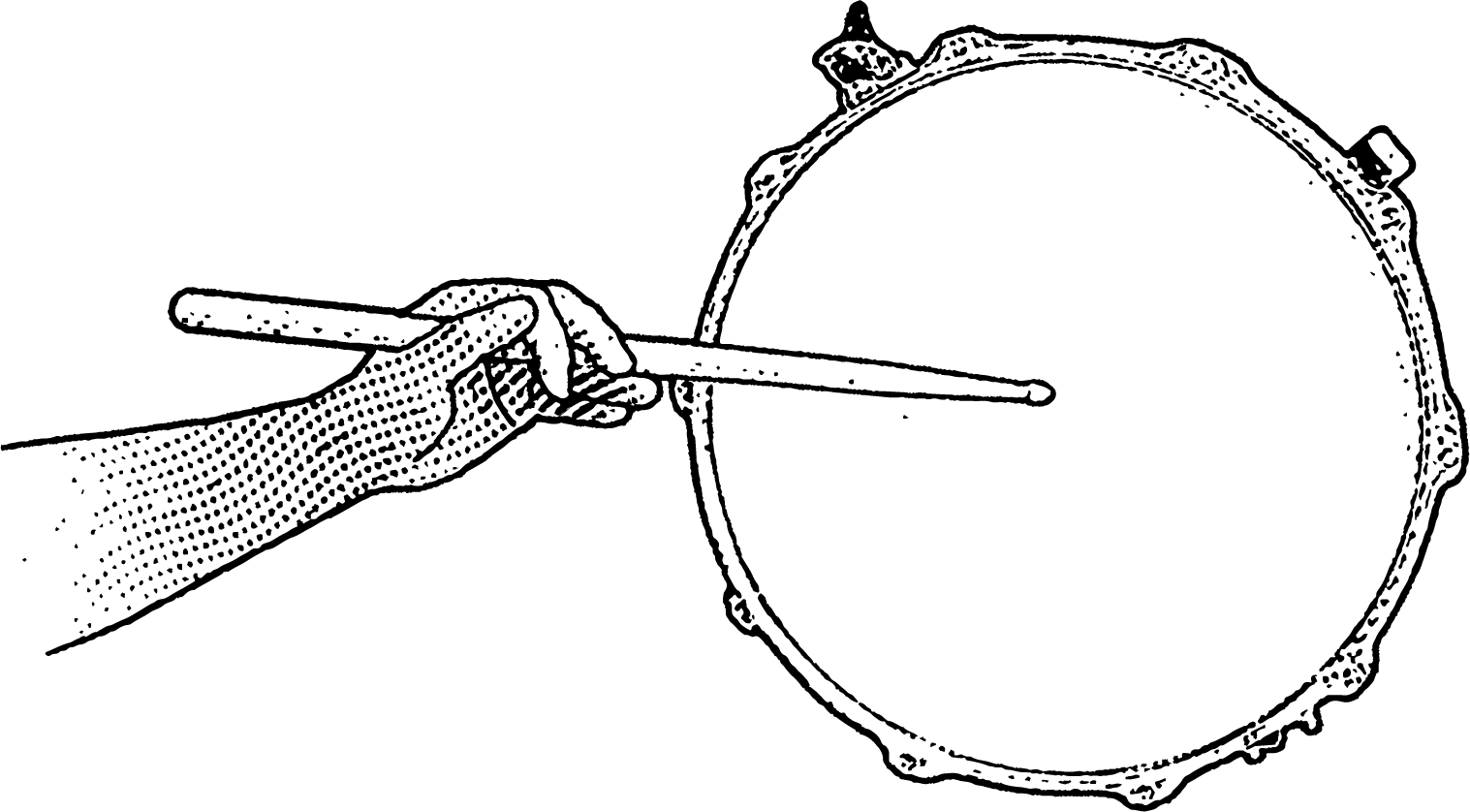Two Bar Jazz
Swing-Comping
Player
Mixer
Tempo
000bpm1.00x
Sobald du dich mit dem Swing-Feel vertraut gemacht hast, ist es Zeit für die nächste Stufe: Snare und Bass Drum vom Down-/Backbeat-Schema zu lösen und gleichzeitig einen “Steady-Swing” auf dem Ridebecken und zusätzlich einen soliden Backbeat auf 2/4 mit der getretenen Hi-Hat zu spielen.
Bass und Snare sollten nach und nach immer freier werden: sie setzen Akzente, markieren die Form und liefern Vorlagen für Deine MitmusikerInnen.
Bei den folgenden Übungen haben Bass und Snare eine begleitende Funktion und werden auf ganz unterschiedlichen Zählzeiten gespielt. Das nennt man im Jazz “Comping”.
Pausen sind dabei sogar erwünscht: das gibt Deinen MitmusikerInnen die Freiheit, eigene Ideen einzubringen — und Dir die Chance, darauf mit passenden Akzenten zu reagieren oder an passender Stelle zu glänzen und eine Vorlage zur Interaktion zu liefern.
Once you got comfortable with the swing feel, it’s time to move on to the next level: freeing snare and bass drum from the down/backbeat scheme while playing a steady Swing on Ride and a solid backbeat on 2/4 with the stepped HiHat.
Bass and Snare should gradually play more and more freely; setting accents, marking the shape, providing ideas for fellow musicians, or complementing and interacting with the other musicians in the band.
In the following exercises, the bass and snare drums have an accompanying function and are played on completely different counts. This is called “comping” in jazz.
It is perfectly fine to play ‘less’ in swing, hence leaving room for your fellow musicians to bring in their own ideas. It also gives you the opportunity to interact with them by placing appropriate accents.
- 01
- 02
- 03
- 04
- 05
- 06
- 07
- 08

Fehler gefunden?